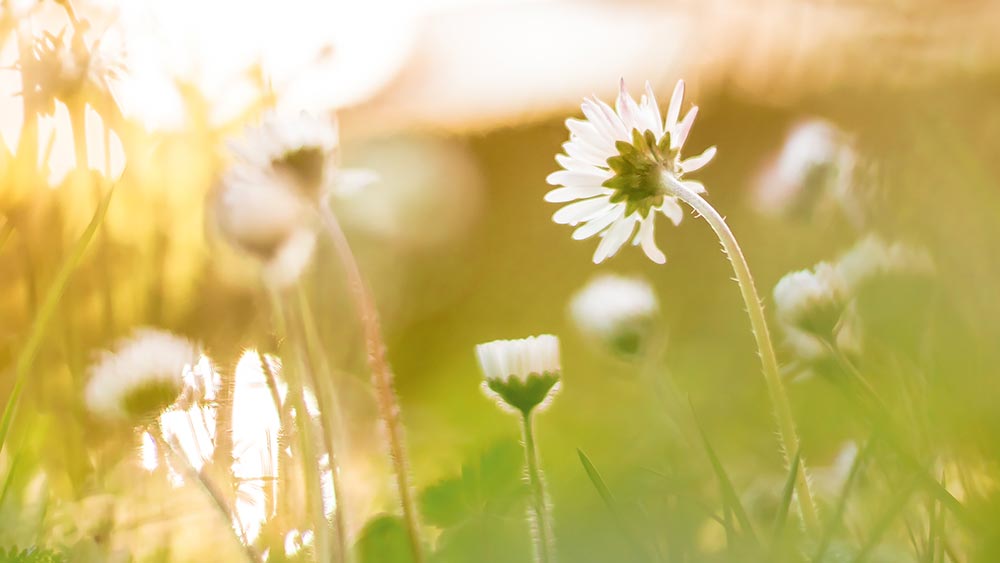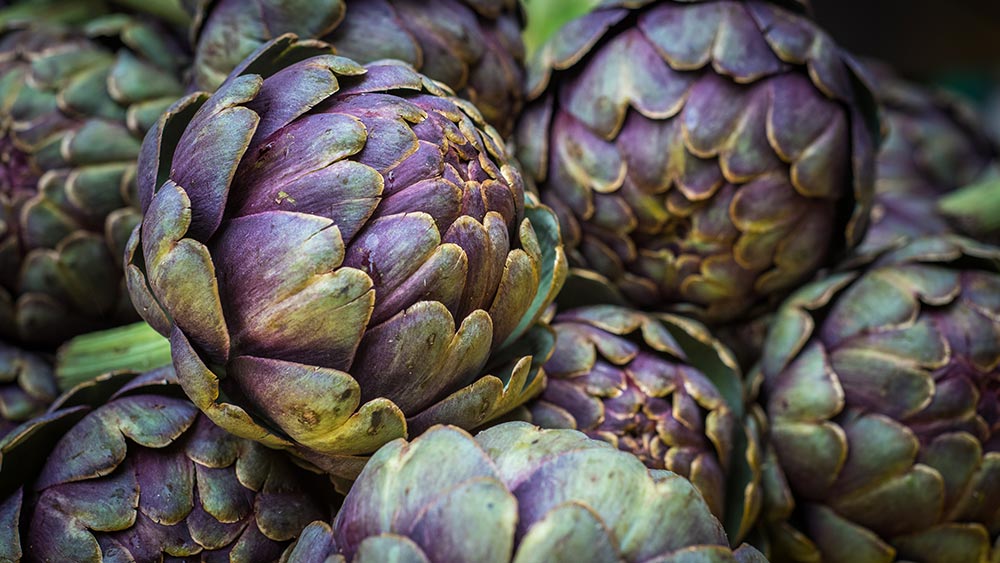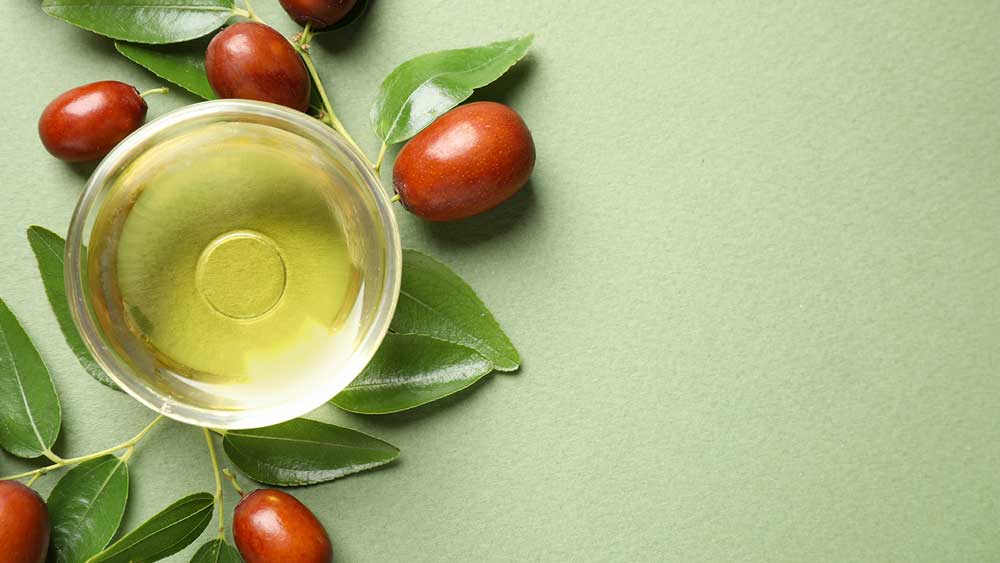
Chamomilla Recutita Flower Extract
- Derived from: chamomile flowers
- Pronunciation: (ˈka-mə-ˌmī(-ə)l-a rə-cu-sitta)
- Type: Natural
- Other names: German chamomile, Matricaria chamomilla
What Is Chamomilla Recutita (Matricaria) Flower Extract?
Also known as Matricaria chamomilla and German chamomile, Chamomilla recutita is the most popular species of chamomile. Multiple modern pharmacopoeia (i.e. official publications for medicinal compounds) list Chamomilla recutita as an official drug.[1]
How Chamomilla Recutita Extract Is Made
To create Chamomilla recutita extract, chamomile flower heads are exposed to high pressure and temperatures through steam distillation.[2] Typically, this essential oil should contain no more than 0.4% concentration.[4]While chamomilla recutita extract can be created from plant leaves and stems, these types of products are most often used as flavoring in teas, food products, and dental products.
Why Is Chamomilla Recutita Extract Used in Skin & Hair Care?
From colds to headaches to stomachaches to hair loss, chamomile has been used in traditional medicine and cosmetics to treat countless ailments. Chamomilla recutita flower extract is a natural humectant, which helps bind moisture to the skin. This extract also helps to treat minor skin inflammation.[1] Its most notable active compound, bisabolol, is an antimicrobial and an antiseptic.[5]
Why Puracy Uses Chamomilla Recutita Flower Extract
We use Chamomilla recutita flower extract in our Natural Shampoo as a skin conditioning agent and slight scent enhancer.
Is Chamomilla Recutita Extract Safe?
In one research study, chamomile essential oil applied directly to skin did not induce irritation or allergenicity.[6] In another study, just 0.56% of patients had a minor reaction to a 2.5% concentrated Chamomilla recutita extract[7]. This is much higher than the typical chamomile essential oil concentration of 0.4%. Whole Foods has deemed bisabolol as acceptable in its body care quality standards.[8]Certifications

Sources
[1] Science Direct
[2] Molnar, M., Mendešević, N., Šubarić, D. et al. Comparison of various techniques for the extraction of umbelliferone and herniarin in Matricaria chamomilla processing fractions. Chemistry Central Journal 11, 78 (2017).
[4] Franke, R. & Schilcher, H.. (2005). Chamomile: Industrial profiles.
[5] Duke, J.A. (2002). Handbook of Medicinal Herbs (2nd ed.). CRC Press.
[6] Reliance Clinical Testing Services, Inc. Final Report. Clinical safety evaluation. Repeated insult patch test. Test article: 2001.592I.004 (chamomile essential oil). Unpublished data submitted by the Research Institute for Fragrance Materials (RIFM) on 10-12-2012. 2002. pp.1-7.
[7] Hausen, B. M. A 6-year experience with compositae mix. Am J Contact Dermat. 1996;7(2):94- 99.


























